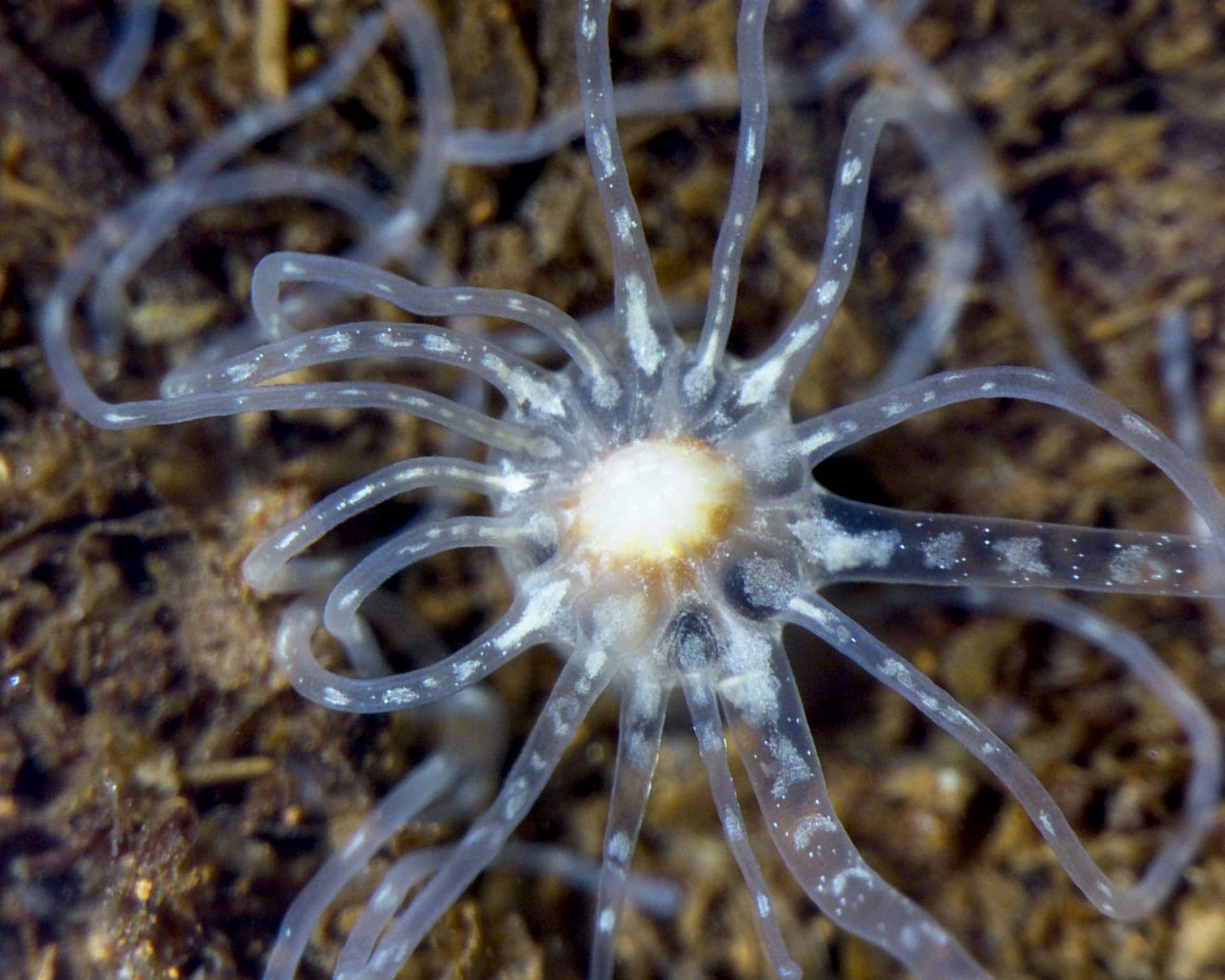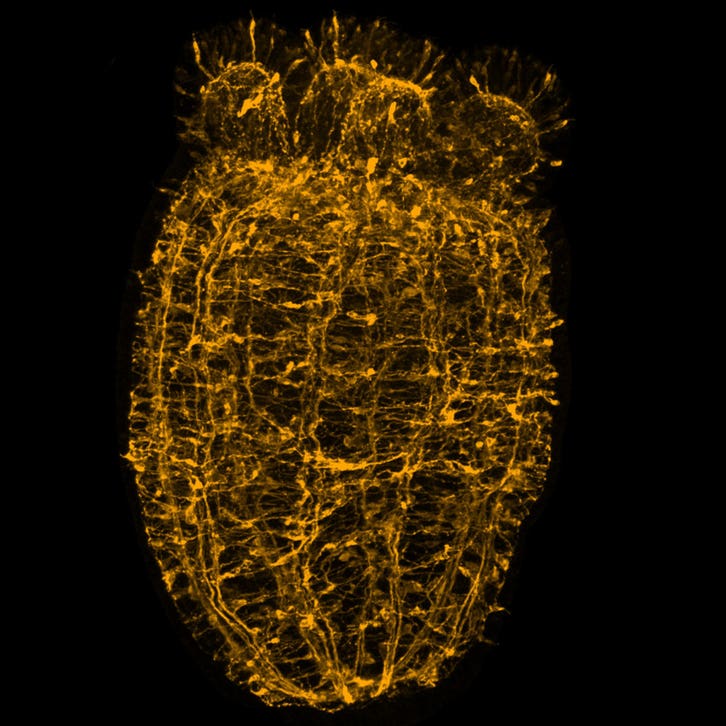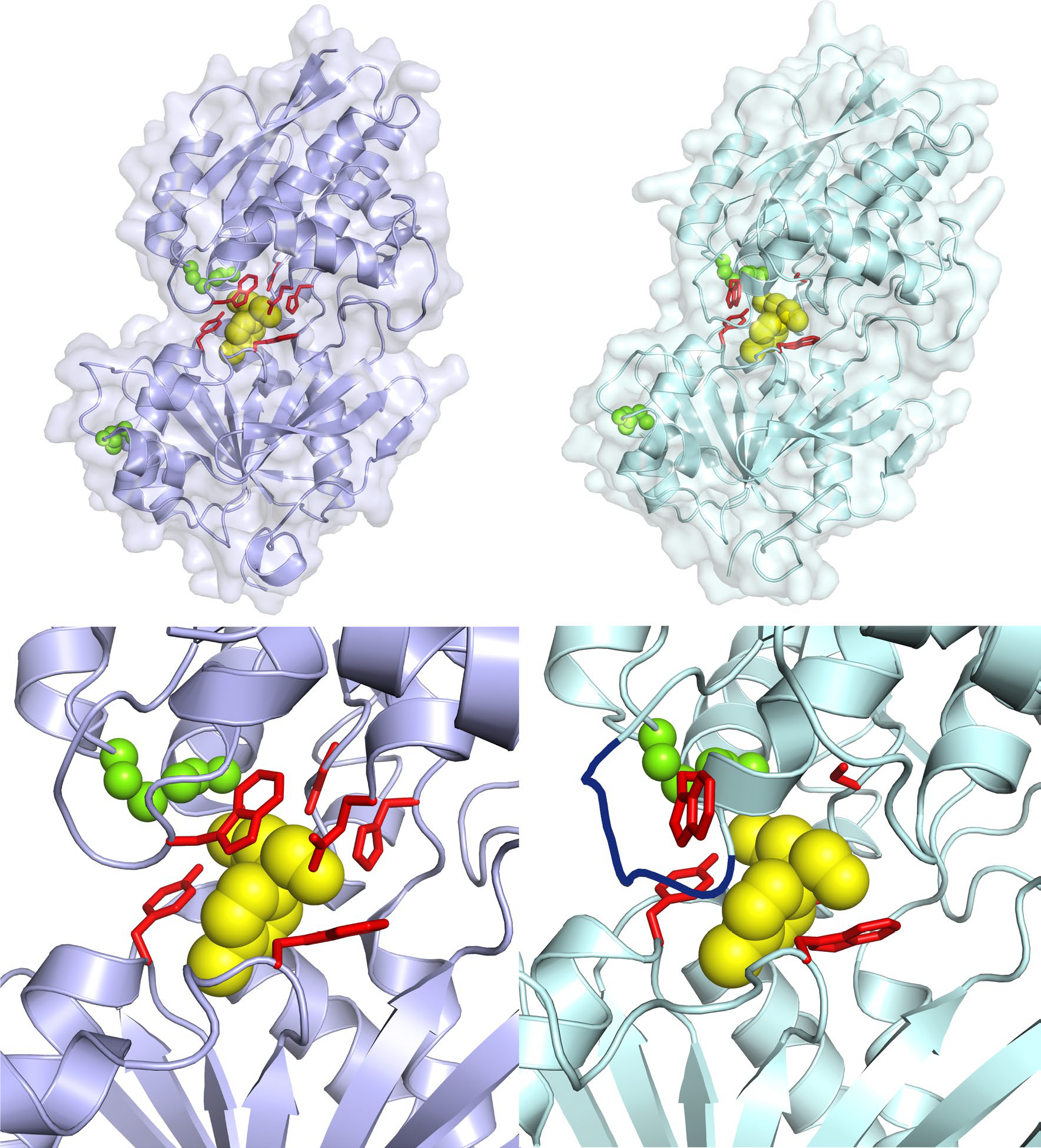Can sea anemones help treat depression?
Anna Bakhman# and Mickey Kosloff - Department of Human Biology
Neural Networks
Deep learning
Data mining
Marine Science
Psychology
PhD Grant 2020



Depression and anxiety are prevalent problems in society today. The Centre for
Disease Control and Prevention (CDC) estimates that around 8.1% of American adults
dealt with depression in any given 2-week period from 2013 to 2016. Our recent study
suggests a new way to develop antidepressant and anxiety drugs in a new model
organism, even though it does not even have a central brain.
A collaboration between the Lotan lab and the Kosloff lab, supported by the University
of Haifa’s Data Science Research Center, set out to discover what controls the early
developmental stages in the sea anemone Nematostella vectensis. We were surprised
to discover that a receptor called GABABR, which regulates the preliminary development
of the nervous system in mammals and particularly in humans, regulates the
development in Nematostella. We discovered we can influence and even halt this
process using a drug previously developed to target human GABABRs. We also found
that the signal transduction cascade, which mediates this process in Nematostella is
evolutionary conserved, even though its nervous system is extremely simple in
comparison to mammals and does not even contain a central brain. Using computer
modeling of the anemone’s GABABR proteins, we found that the active site of these
receptors, where activating molecules and drugs bind, is conserved between mammals
and the anemone. Additionally, the activation of this signaling cascade inhibits the
expression of genes associated with neuronal development in Nematostella. Our results
therefore reveal a tight connection between the nervous system and metamorphosis in
this organism and open new evolutionary and ecological avenues for research, as well
as new opportunities for pharmaceutical discoveries – where the sea anemone can be a
simple yet accessible model organism for testing new drugs. This work was published in
Nature Ecology & Evolution in November 2019 and you can read more about it in
Haaretz magazine.



Depression and anxiety are prevalent problems in society today. The Centre for
Disease Control and Prevention (CDC) estimates that around 8.1% of American adults
dealt with depression in any given 2-week period from 2013 to 2016. Our recent study
suggests a new way to develop antidepressant and anxiety drugs in a new model
organism, even though it does not even have a central brain.
A collaboration between the Lotan lab and the Kosloff lab, supported by the University
of Haifa’s Data Science Research Center, set out to discover what controls the early
developmental stages in the sea anemone Nematostella vectensis. We were surprised
to discover that a receptor called GABABR, which regulates the preliminary development
of the nervous system in mammals and particularly in humans, regulates the
development in Nematostella. We discovered we can influence and even halt this
process using a drug previously developed to target human GABABRs. We also found
that the signal transduction cascade, which mediates this process in Nematostella is
evolutionary conserved, even though its nervous system is extremely simple in
comparison to mammals and does not even contain a central brain. Using computer
modeling of the anemone’s GABABR proteins, we found that the active site of these
receptors, where activating molecules and drugs bind, is conserved between mammals
and the anemone. Additionally, the activation of this signaling cascade inhibits the
expression of genes associated with neuronal development in Nematostella. Our results
therefore reveal a tight connection between the nervous system and metamorphosis in
this organism and open new evolutionary and ecological avenues for research, as well
as new opportunities for pharmaceutical discoveries – where the sea anemone can be a
simple yet accessible model organism for testing new drugs. This work was published in
Nature Ecology & Evolution in November 2019 and you can read more about it in
Haaretz magazine.

